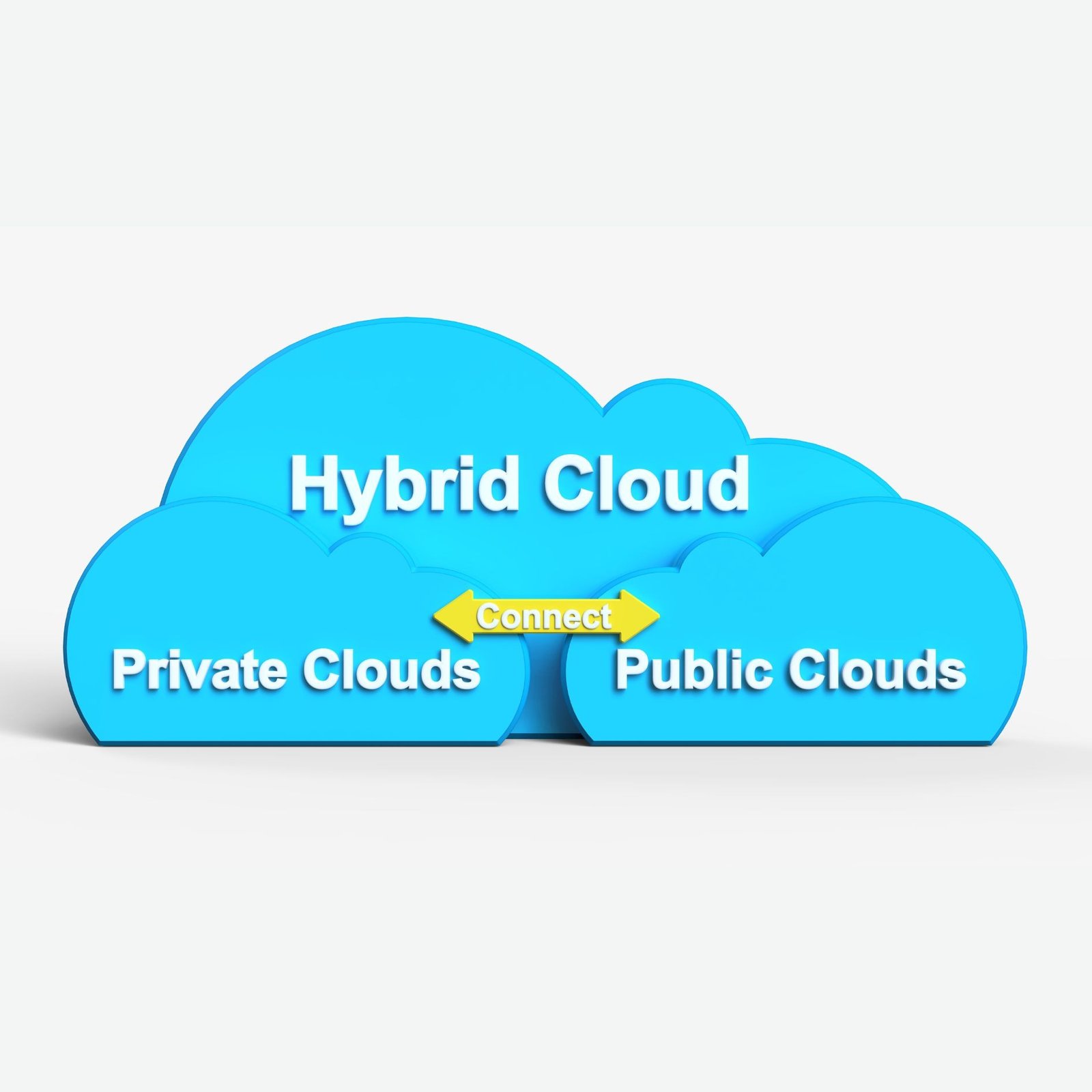Table of Contents
Introduction
In today’s fast-paced digital landscape, organizations are increasingly adopting hybrid cloud environments to combine the flexibility of public cloud services with the control of private infrastructure. While this setup offers scalability, cost efficiency, and innovation, it also introduces unique data security challenges.
Securing a hybrid cloud requires a strategic approach that integrates data protection, cloud security best practices, compliance measures, and robust cybersecurity solutions. In this guide, we’ll walk you through everything you need to know to ensure your hybrid cloud is fully protected.
What is a Hybrid Cloud?
A hybrid cloud is a computing environment that combines public cloud and private cloud infrastructures, allowing data and applications to move seamlessly between them.
Key benefits of hybrid cloud include:
- Scalability – Easily scale resources as needed.
- Cost optimization – Use the public cloud for on-demand workloads while keeping sensitive workloads in a private environment.
- Flexibility – Choose where to store and process data.
Why Hybrid Cloud Security Matters
While hybrid clouds offer flexibility, they also create security complexities such as:
- Data breaches due to improper access controls.
- Misconfigurations in multi-cloud environments.
- Compliance risks in regulated industries.
Ensuring data protection in hybrid cloud is crucial for maintaining customer trust, meeting regulatory standards, and preventing costly cyber incidents.
Common Security Challenges in Hybrid Cloud
Before you secure your hybrid cloud, it’s important to understand the risks:
- Data exposure – Sensitive information can be exposed if not encrypted.
- Insider threats – Employees or contractors with excessive permissions can misuse access.
- Network vulnerabilities – Weak VPNs, insecure APIs, and poor segmentation can be exploited.
- Compliance complexity – Meeting GDPR, HIPAA, or ISO requirements can be challenging.
Key Principles for Hybrid Cloud Data Protection
The following best practices will help you strengthen your hybrid cloud security:
1. Implement Zero Trust Architecture
A Zero Trust security model assumes that no user or device can be trusted by default.
Steps to apply Zero Trust in hybrid cloud:
- Verify every access request using strong authentication.
- Limit user permissions to the minimum required.
- Monitor activities continuously to detect suspicious behavior.
2. Encrypt Data in Transit and at Rest
Encryption ensures that even if data is intercepted, it remains unreadable.
- Data in transit – Use TLS/SSL encryption for all communications.
- Data at rest – Apply AES-256 encryption to stored data.
- Manage encryption keys securely with cloud key management services (KMS).
3. Strengthen Identity and Access Management (IAM)
Effective IAM policies protect against unauthorized access.
- Use multi-factor authentication (MFA).
- Apply role-based access control (RBAC).
- Regularly review and revoke unused access credentials.
4. Implement Continuous Monitoring and Threat Detection
A hybrid cloud requires real-time monitoring to identify threats early.
- Deploy cloud-native security tools like Microsoft Defender for Cloud or AWS GuardDuty.
- Use Security Information and Event Management (SIEM) for centralized visibility.
- Set up automated alerts for suspicious activities.
5. Ensure Compliance and Governance
Compliance is a core part of data protection in hybrid cloud.
- Understand industry-specific regulations like GDPR, HIPAA, and PCI DSS.
- Automate compliance reporting with cloud security posture management (CSPM) tools.
- Maintain proper documentation of data handling policies.
Disaster Recovery for Hybrid Cloud
Even with strong security, incidents can happen. That’s why disaster recovery planning is essential.
- Store backups across multiple locations.
- Test disaster recovery processes regularly.
- Use cloud-native backup and recovery solutions for faster restoration.
Advanced Strategies for Hybrid Cloud Security
For organizations looking to go beyond basic protection:
- Micro-segmentation – Divide workloads into isolated segments.
- AI-powered security analytics – Use machine learning for proactive threat detection.
- Secure DevOps (DevSecOps) – Integrate security into every stage of the development lifecycle.
Conclusion
A hybrid cloud offers the perfect balance between flexibility and control, but it also demands a comprehensive data protection strategy. By applying Zero Trust principles, encrypting your data, enhancing IAM policies, and adopting continuous monitoring, you can safeguard your infrastructure against evolving cyber threats.
Implementing these hybrid cloud security best practices not only protects your data but also builds customer trust and ensures compliance, key factors for sustainable business growth.









